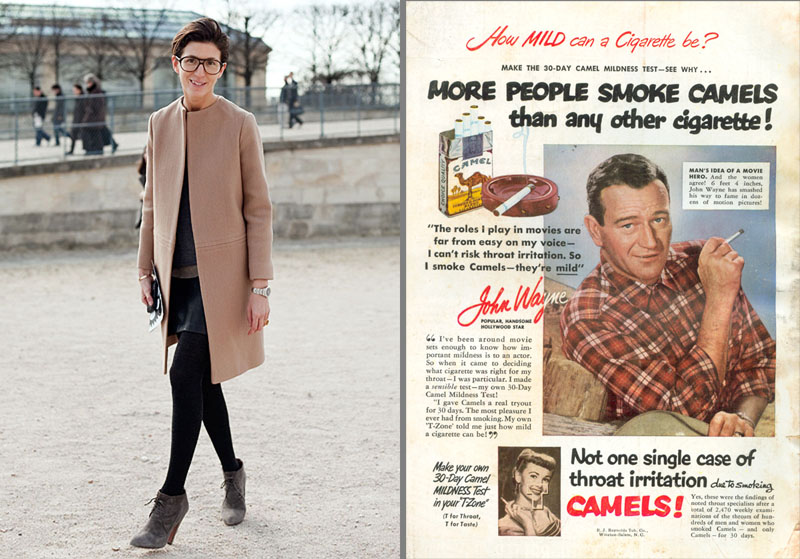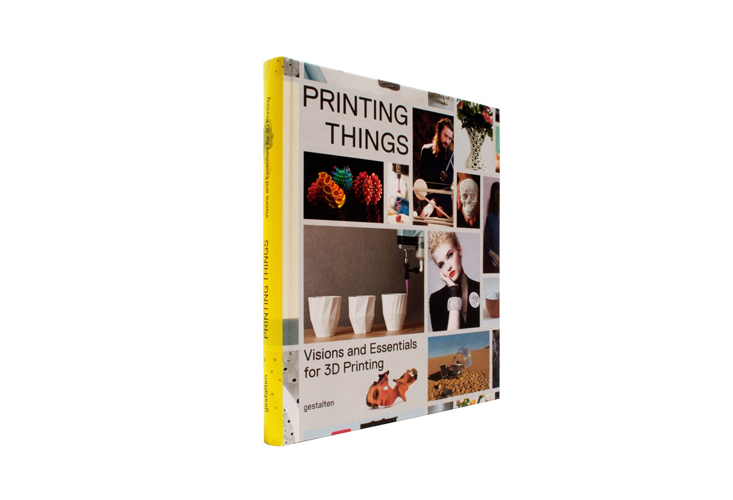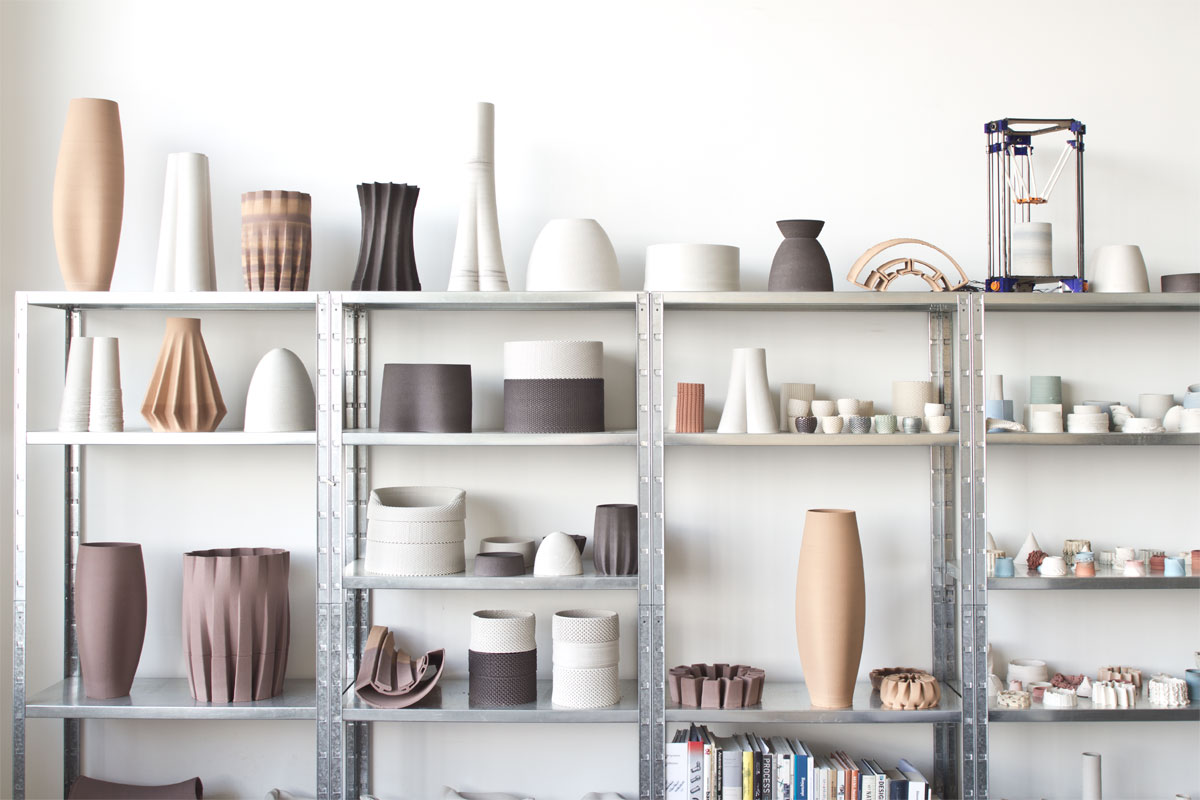Picture waves of silky smooth sand and a herd of camels gracefully gliding through — this is the color “camel”.
It’s not a harsh sea of desert brown, but a sun-kissed hue that glistens before your eyes. Camel, you see, is not just a shade of brown, it’s exquisitely toned-down brown.
The color’s exotic nature parallels the animal it was named after. The camel has become visual shorthand for the faraway Arab Middle East. A desert looks bleak and placeless until a camel comes along. Suddenly, you’re looking at a setting for adventure and romance, à la a scene out of One Thousand and One Nights, more popularly known as Arabian Nights.

The color camel has that same power. Like how the once wild animal has since largely been domesticated, camel offers the beauty of the desert without a parched throat or having to break a sweat. What is more quintessential camel than the camel coat? Outlined by sleek cuts and nothing more, this piece of fashion lets the color speak for itself. On a chilly afternoon, a camel coat shimmers like the desert sand, providing not only a cloak of warmth but a mirage of elegance. It really doesn’t matter what you wear underneath — preferably something black — just throw on a camel coat and become an instant icon of sheikh. I meant, chic.
To wear camel is to adorn luxury. After all, camel hair is not the easiest fabric to come by as the animal has traditionally been prized as a means of transportation more than a vehicle for fashion. But the color turns out to be a great mover of class too. Not everything comes in camel — only dapper coats, posh bags, and the cigarettes favored by John Wayne. Even so, camel is never vulgar like gold or vermilion; the color is more sublime, probably closer to ash gray or nude. Like these neutral shades, the allure of camel is less in the color than in the lack of it. This is not a shade you can pick up in a box of crayons. People who wear the color know what camel is, and is not. For everyone else, it remains a pointless debate if it is simply light brown or dark beige.

Somewhere between mud and skin is an imprecise way of describing camel, but it brings this color down to earth. What is the appeal of a shade that looks like dried earth when cannot be worn? Similar doubts have been shared about the animal, this creature with an elongated neck and a mountain permanently loaded on its back. The designer of the Mini car, Sir Alec Issigonis, once said, “A camel is a horse designed by a committee.” To most, both animal and color are strangely familiar things that nobody hates, but no one particularly loves either.
It is this bizarre and surrealistic quality that gives camel its color. It’s for people who love the fantasy of a desert, but will never truly survive it.
———–
Written for Andrea Codrington Lippke’s Criticism Lab at D-Crit on a color.



